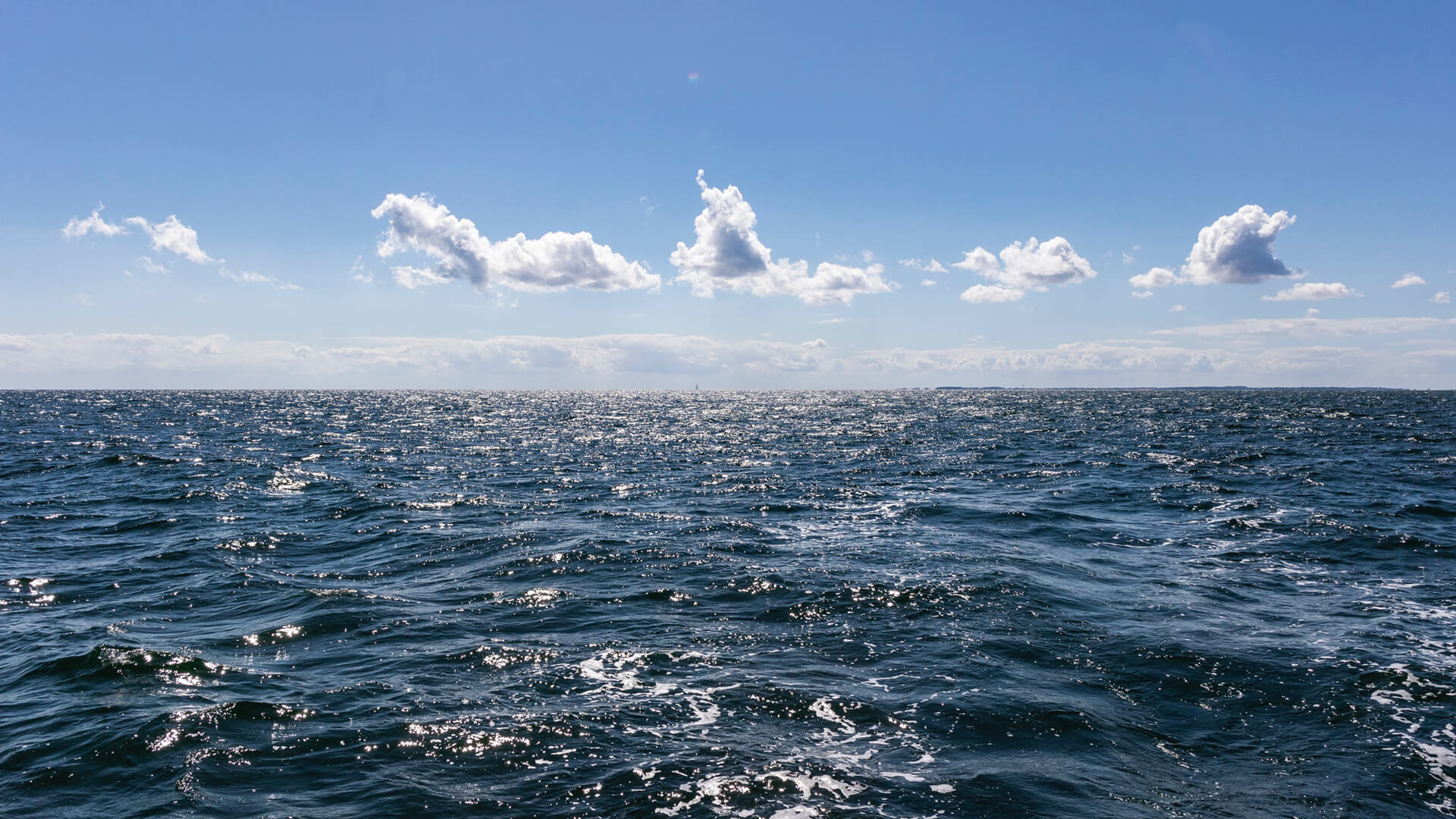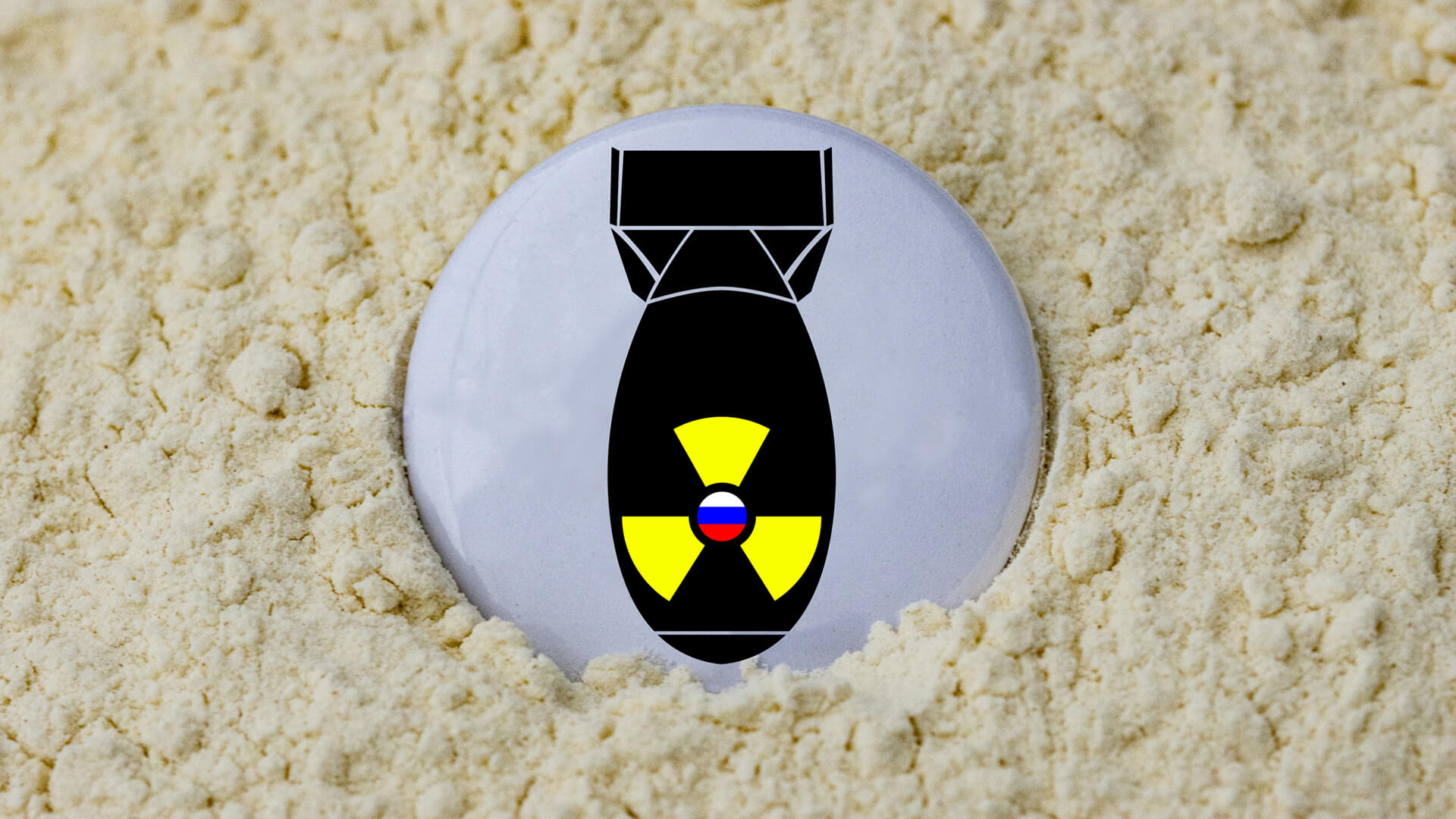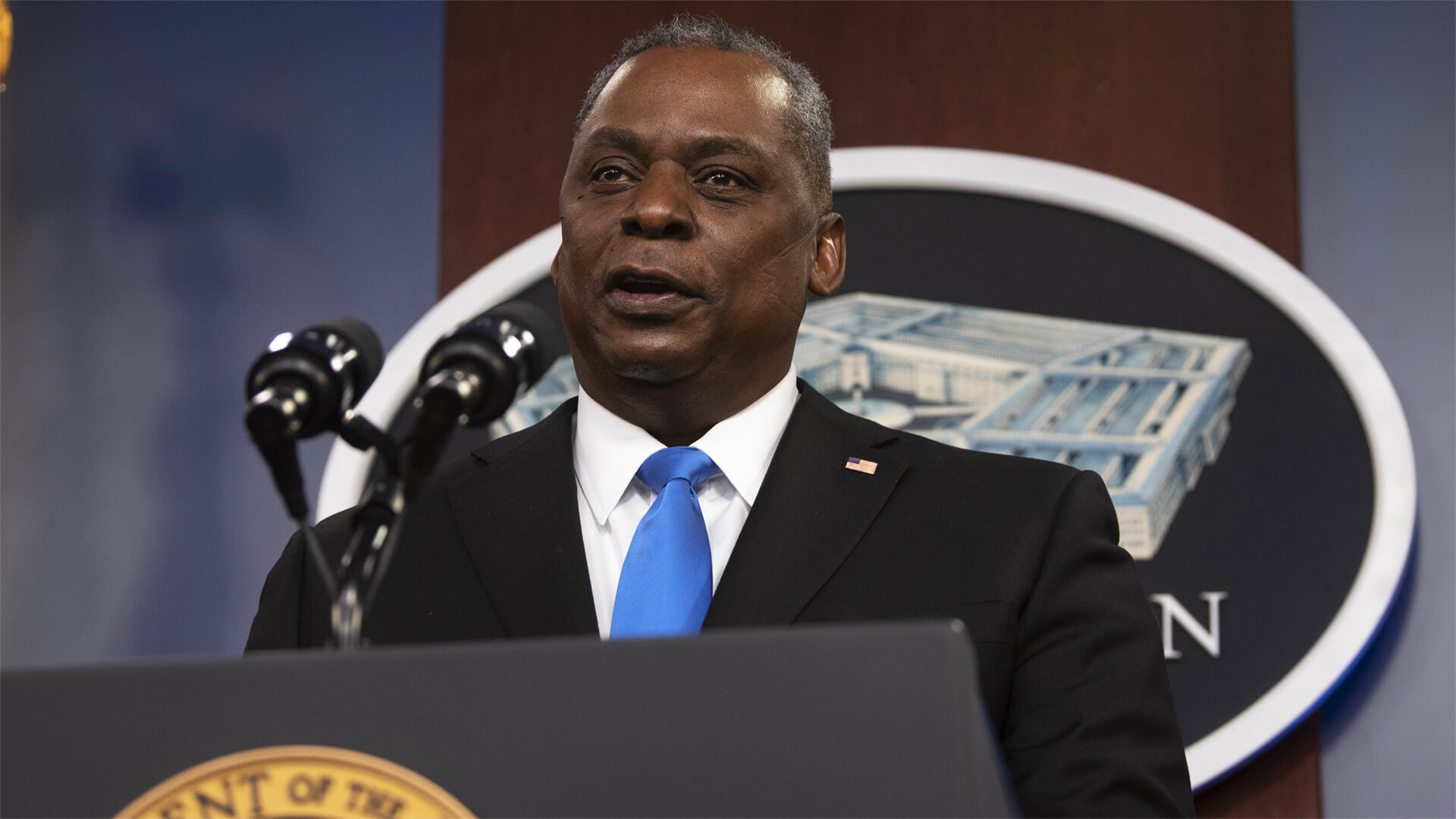Italians have gone to the polls again, with a coalition of right-far right parties winning the most votes. This makes the leader of the largest party of the coalition, the Fratelli d’Italia (or Brothers of Italy), the likely next Prime Minister of Italy. That would be Giorgia Meloni, who in recent months has been labelled a neo-fascist.
Visceral political reactions normally illicit eyerolls, but Meloni’s well-documented comments on immigration and belief in a coordinated racial replacement theory do little to dissuade the appellation. So too has her staunch insistence on including visual iconography of Italy’s fascist party under Mussolini as part of Fratelli d’Italia’s campaign logos–even when encouraged by many members of her party not to do so (including one of former Italian fascist dictator Benito Mussolini’s granddaughters).
Eye raising? Certainly. Concerning? Yes, but this is Italy…
Meloni will be tasked with forming Italy’s 70th or so government since WWII. Italian parliamentary politics are fractious and unforgiving, and Meloni has little real experience serving within a government. Her coalition members also include former prime minster Silvio Berlusconi, about as wily and effective (and corrupt) a politician as post-War Italy has ever seen. Time will tell if she can bring her own coalition, let alone the Italian parliament, to heel long enough to enact whatever social policies she might desire.
Then there is the bigger issue of Italy’s dependence on the broader EU. A series of fractious and ineffective governments have left Italy less independent of EU management, and in recent years a series of cheap loans and financial help with Italy’s growing debt. Meloni will have to walk a fine line between political ambition and reality, lest EU displeasure leaves her joining the long list of former Italian prime ministers who failed to serve out the entirety of their first term.
We have never and will never charge for our newsletters or videos, but we do have an ask. If you enjoy our products, we ask you consider supporting MedShare by clicking one of the links below. MedShare is an established non-profit organization that helps respond to medical need globally, including to the ongoing crisis in Ukraine.











